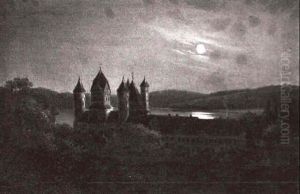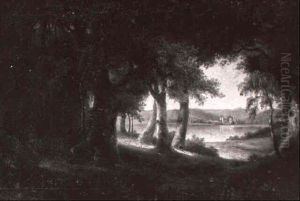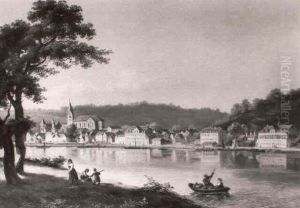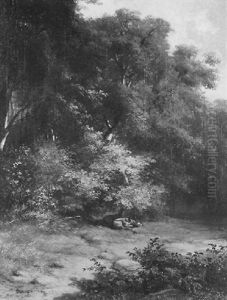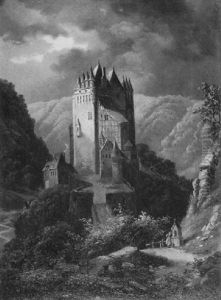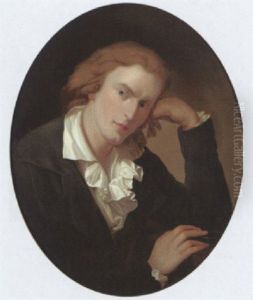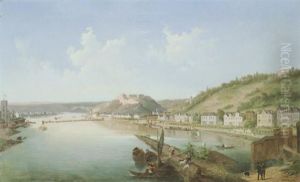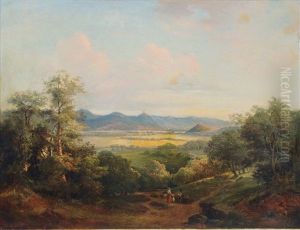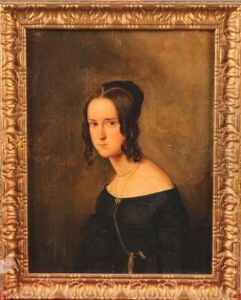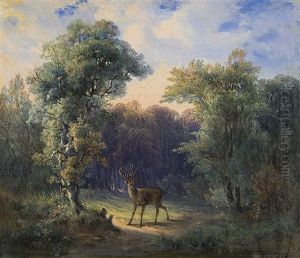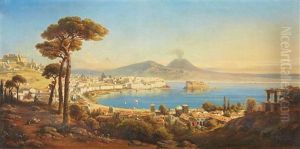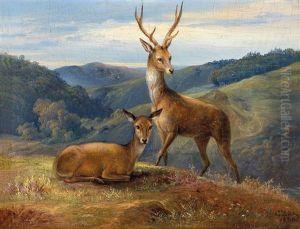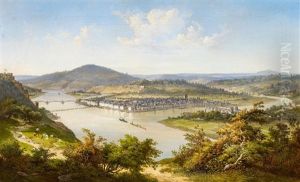Gustav Zick Paintings
Gustav Zick, a somewhat less prominent figure in the grand tapestry of art history, was a German painter whose life and work spanned the latter half of the 19th century and the dawn of the 20th century. Born in 1845, Zick's contributions to the art world, though not as widely recognized as those of his contemporaries, offer a unique perspective on the stylistic transitions and cultural shifts of his time. His death in 1907 marked the end of a career that, while not groundbreaking in the revolutionary sense, was nonetheless reflective of the evolving artistic sensibilities of the period in which he lived.
Zick's oeuvre primarily encompasses genre scenes, portraits, and landscapes, mirroring the traditional subjects favored by many artists of the era. However, his approach to these subjects often displayed a keen sensitivity to light and color, indicative of the broader movements toward Impressionism and Post-Impressionism that were sweeping through Europe. Despite this, Zick's style remained distinctly his own, rooted in the academic traditions he likely encountered during his formal education in art, yet subtly infused with the innovative techniques and aesthetic considerations that were beginning to redefine European art at the time.
Throughout his career, Gustav Zick navigated the challenges of an art world that was increasingly looking beyond the conventions of academic painting towards more avant-garde expressions. While not a radical innovator, his work nonetheless reflects an engagement with the shifting moods and methodologies of the late 19th century. Little is known about his personal life or his interactions with other artists of his time, which perhaps contributes to the relative obscurity in which he is held today. Despite this, his paintings, when they do surface in collections or exhibitions, offer a window into the subtleties of change that characterized the art of his period.
Zick's legacy, though modest in comparison to the titans of his age, is a testament to the multitude of voices that contribute to the richness of art history. His paintings, characterized by their delicate execution and thoughtful composition, serve as a reminder of the diverse array of talents that collectively shaped the visual culture of the late 19th and early 20th centuries. In studying his work, one gains insight not only into Zick's personal artistic journey but also into the broader narrative of transition and transformation that defined the era.



![Anton Jordan [&] Luise Jordan, Geboren Deinhard](https://www.niceartgallery.com/imgs/4412173/s/gustav-zick-anton-jordan-luise-jordan-geboren-deinhard-e0e2160e.jpg)
